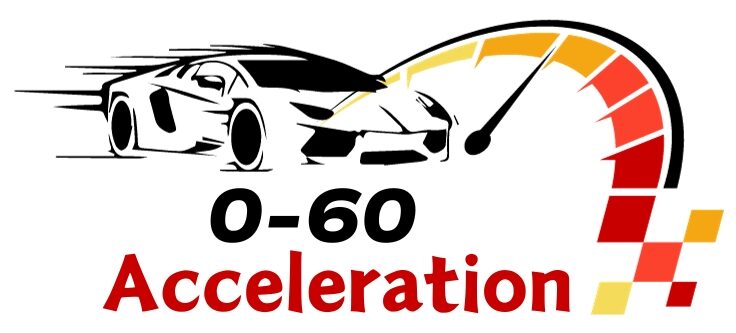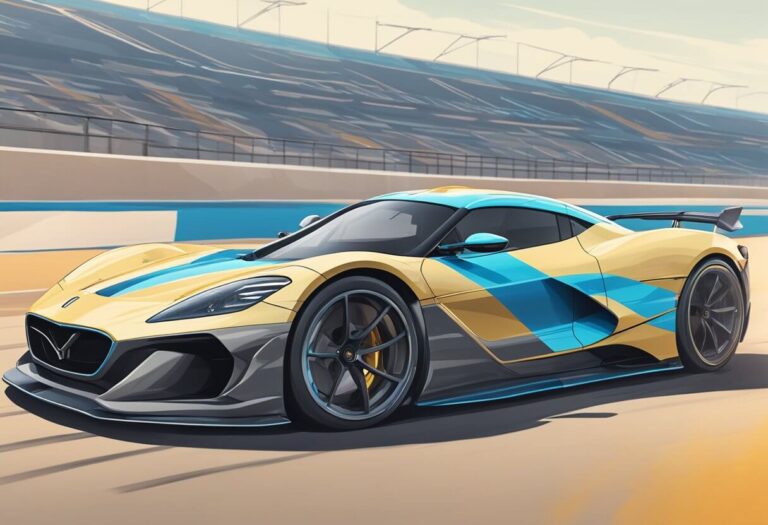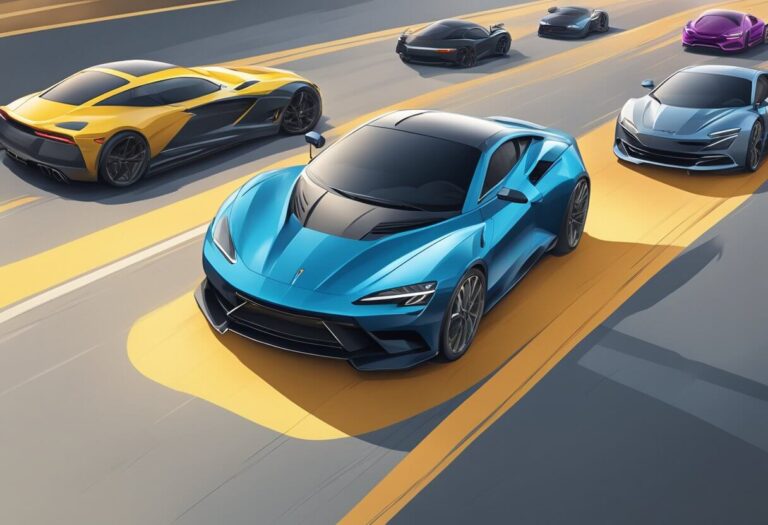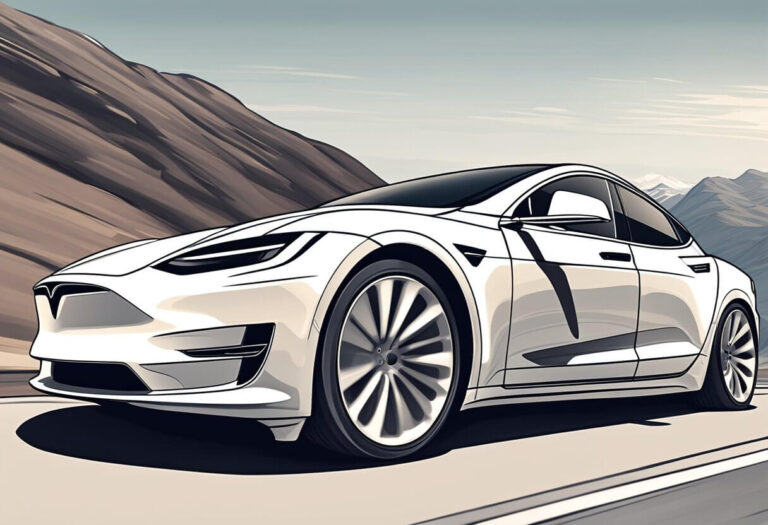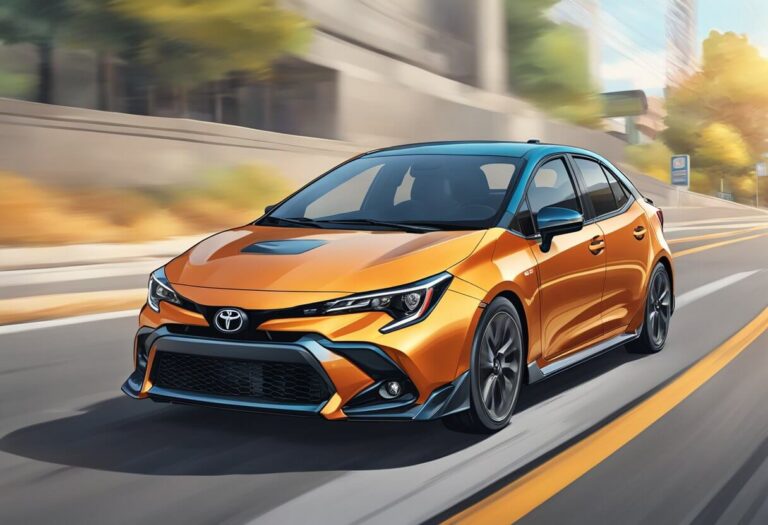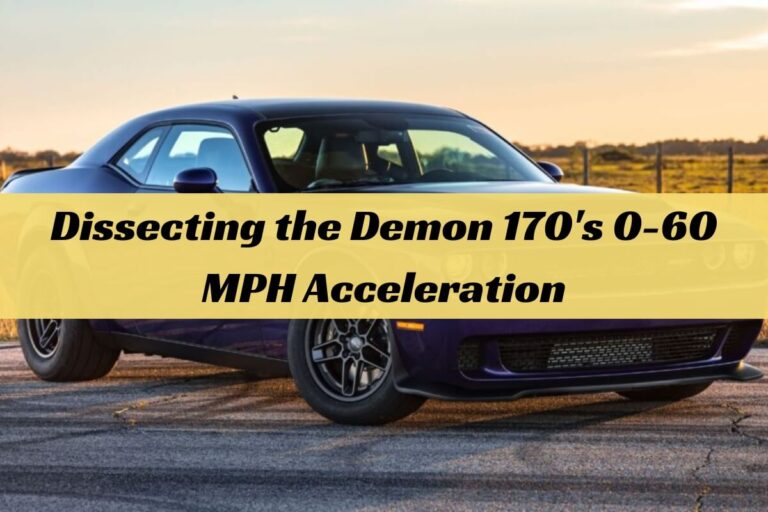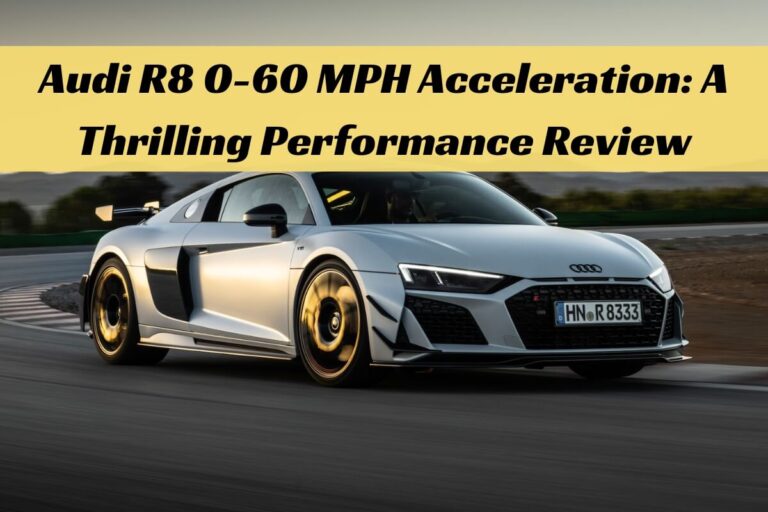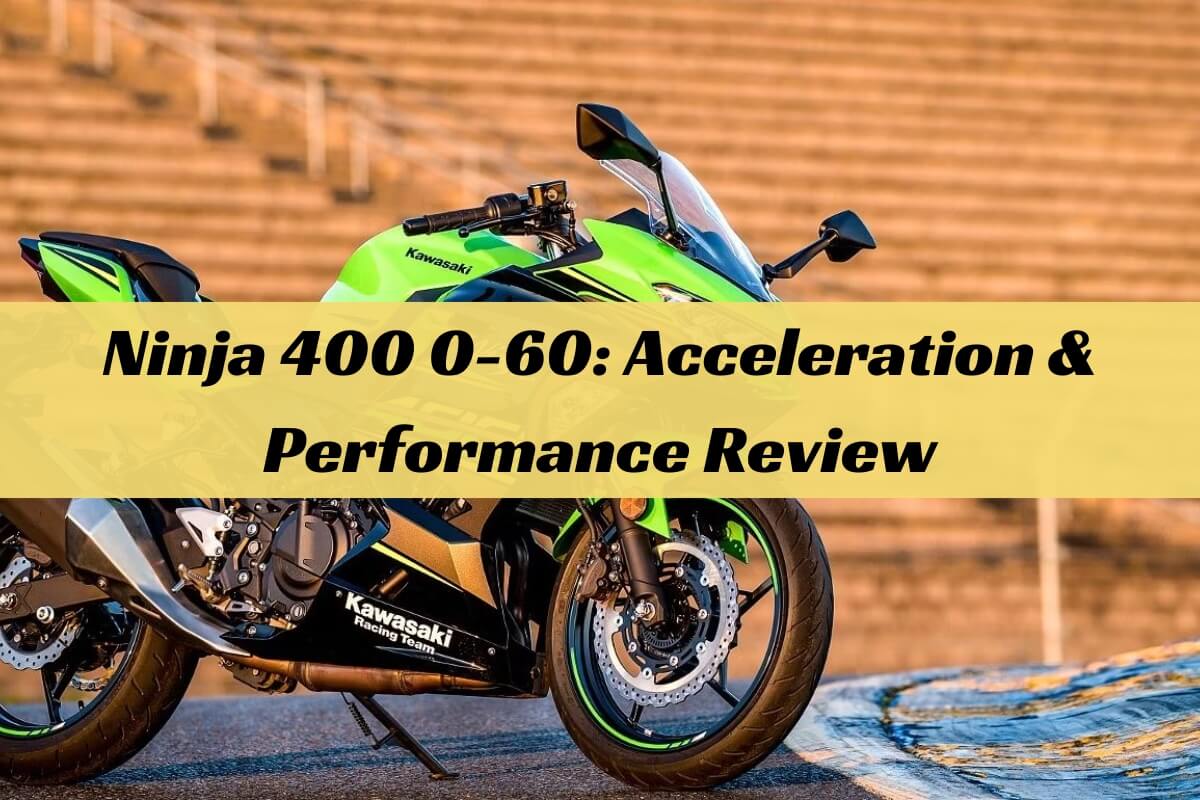
When it comes to entry-level sport bikes, few can match the pure thrill of the Kawasaki Ninja 400’s acceleration. This lightweight, parallel-twin powered machine blitzes from 0 to 60 mph in just 4.5 seconds, making it a class leader in straight-line performance.
If you’re seeking a beginner-friendly bike that still packs an exciting punch off the line, the Ninja 400 deserves a spot at the top of your list. In this comprehensive review, we’ll dive deep into what makes this Kawasaki such a blast to wring out on open roads and track days alike.
Ninja 400 Overview and Pricing
The Kawasaki Ninja 400 is a small-displacement sport bike aimed at new riders looking to hone their skills. Its 399cc liquid-cooled parallel-twin engine is tuned to deliver a manageable but thrilling 44 horsepower and 28 lb-ft of torque.
This punchy yet approachable power is paired with a lightweight chassis tipping the scales at just 370 lbs curb weight. The Ninja 400 also benefits from a slick-shifting 6-speed transmission and beginner-friendly ergonomics.
For 2023, the Ninja 400 has a starting MSRP of $5,299 in the US market. It’s offered in two colors – Candy Lime Green and Metallic Spark Black – with no major trim level variations. The Ninja 400 is sold globally across North America, Europe, Asia, and other regions.
Ninja 400 Acceleration Performance
So what are the hard numbers behind the Ninja 400’s acceleration prowess? Kawasaki claims the bike can sprint from 0 to 60 mph in just 4.5 seconds, while independent tests suggest it may be even quicker.
Some magazine reviews have clocked the Ninja 400 hitting 60 mph from a standstill in as little as 4.1 seconds with a professional rider. Even taking a more conservative 4.5-second 0-60 time, that makes the Ninja 400 one of the quickest accelerating bikes in the sub-500cc beginner segment.
The quarter-mile performance is equally impressive. Most tests show the Ninja 400 trapping the quarter in the low 13-second range at around 100 mph when ridden flat out. More specifically, numbers of 13.19 seconds at 102.5 mph are commonly cited.
Other acceleration benchmarks include:
- 0-100 km/h (0-62 mph): 5.3 seconds
- 80-120 km/h (50-75 mph) rolling acceleration: 8.3 seconds
To summarize, the Ninja 400 blasts off the line like a rocket, making it an exhilarating option for new riders craving immediate thrills.
Detailed Specifications
Here’s a quick rundown of the key specs underpinning the Ninja 400’s spirited acceleration:
| Feature | Specification |
|---|---|
| Engine | 399cc liquid-cooled parallel-twin |
| Power | 44 hp @ 10,000 rpm |
| Torque | 28 lb-ft @ 8,000 rpm |
| Transmission | 6-speed, chain final drive |
| Curb Weight | 370 lbs (168 kg) |
| 0-60 mph | 4.5 seconds (manufacturer claim) |
| Quarter Mile | 13.19 seconds @ 102.5 mph |
The combination of the high-revving twin-cylinder engine design, lightweight chassis, and slick-shifting 6-speed gearbox allows the Ninja 400 to make the most of its modest power output for thrilling acceleration.
What Determines the Ninja 400’s Acceleration?
There are a few key factors that enable the Kawasaki Ninja 400 to punch above its weight class in terms of straight-line performance:
Parallel-Twin Engine Power Delivery: The 399cc liquid-cooled parallel-twin delivers a torquey, linear stream of power that gets the lightweight Ninja up to speed rapidly. While peak horsepower of 44 hp doesn’t sound earth-shattering on paper, it’s more than enough grunt for this class.
Lightweight and Compact: With a curb weight of just 370 lbs, the Ninja 400 has less mass to accelerate than many of its rivals. Its compact parallel-twin engine design also keeps weight down compared to V-twin alternatives.
Slick Gearbox and Power Delivery: The Ninja’s 6-speed transmission shifts crisply, helping keep the engine in the ideal rev range during acceleration runs. Kawasaki has also tuned the fuel injection and power delivery for a linear, predictable stream of thrust.
Advanced Traction Control: To maximize traction off the line, the Ninja 400 includes a multi-mode traction control system to rein in wheelspin. This helps put all the power to the pavement when accelerating hard.
Thanks to this combination of a high-revving yet torquey engine, featherweight chassis, silky gearbox, and smart performance aids, the Ninja 400 can rocket off the line with the acceleration of bikes packing much larger displacements.
Owner Reviews on Acceleration
How do real-world Ninja 400 owners rate the bike’s acceleration performance? Most reviews across forums and YouTube are overwhelmingly positive regarding its straight-line speed and power delivery from a stop. Here are just a few samples of owners raving about the peppy acceleration:
“I was honestly shocked at how quick the Ninja 400 accelerates…from a dig it feels almost like a rocket ship taking off!” – TheDarkSideClub, YouTube
“The acceleration is just stupid fast. It’ll beat a good number of cars off the line with ease. Definitely confidence-inspiring power for a new rider.” – z9naughty, Ninja400.org
“Coming from a Ninja 300, the 400 is light years ahead in terms of get-up-and-go. I’ve startled more than a few hot hatches from stoplight races!” – Kaptain_Chaos, Reddit
On the flip side, some owners find the Ninja can start feeling buzzier and more strained when pushing to its top speed. And as impressive as the acceleration is, the outright top speed of 116 mph is understandably lower than larger supersport machines.
“Absolutely love the acceleration, but you can definitely feel the engine getting buzzier above 100 mph or so.” – SuMa38, Kawasaki Forums
“The top speed is decent enough for legal speeds, but the acceleration is definitely this bike’s real strong suit.” – SirRobSmit, Reddit
Overall, the Ninja 400’s acceleration seems to deliver on the “fun factor” most riders are seeking, even if ultimate top speed isn’t class-leading.
How It Compares
To put the Ninja 400’s performance into perspective, let’s look at how its acceleration stacks up against some key rivals in the entry-level sportbike segment:
- Yamaha R3: 0-60 mph in 5.1 seconds
- KTM RC 390: 0-60 mph in 5.0 seconds
- Honda CBR500R: 0-60 mph in 4.9 seconds
- Kawasaki Ninja 300: 0-60 mph in 5.6 seconds
As you can see, the Ninja 400 outguns most of the competition when it comes to sheer straight-line speed. Its 4.5 second 0-60 mph time gives it a noticeable edge over bikes like the R3, RC 390, and even the larger CBR500R from Honda.
Only the Ninja’s little sibling, the 300cc Ninja 300, lags significantly behind at 5.6 seconds to 60 mph thanks to its smaller engine displacement.
When you factor in the Ninja 400’s affordable $5,299 MSRP, it emerges as arguably the best bang-for-your-buck option for riders craving accessible but exhilarating acceleration performance.
Modifications for More Performance
For owners who want to extract even more explosive acceleration from their Ninja 400, there’s a whole world of aftermarket parts and tuning options to consider:
Exhaust Systems: The Ninja 400’s performance exhaust is ripe for upgrades. Popular slip-on mufflers and full exhaust systems from brands like Yoshimura, M4, and Akrapovic can unlock more top-end power and acceleration by reducing backpressure. Lighter weight construction is another added benefit.
ECU Tuning: For more low-end grunt and optimized fueling, Ninja 400 owners often opt for aftermarket ECU flash tunes from respectable tuners like Woolich Racing, Brentuning, or 2WHP. These tunes can safely boost low and mid-range torque for snappier acceleration.
Suspension Upgrades: While the Ninja’s stock suspension is decent, upgrading to an aftermarket shock and cartridge fork kit from respected brands like Öhlins can improve chassis control and traction when aggressively accelerating from stops or out of corners.
Tires: Swapping the stock Dunlop rubber for premium high-performance tires can provide more mechanical grip for hard launches off the line. Sportier compounds also heat up faster for better acceleration traction.
With a few well-chosen mods, it’s possible to shave a couple tenths off the Ninja 400’s 0-60 mph time for even more explosive acceleration thrills.
Pros and Cons Summary
To summarize the key pros and cons regarding the Kawasaki Ninja 400’s acceleration performance:
Pros
- Class-leading 0-60 mph and quarter-mile acceleration times
- Torquey twin-cylinder power delivery with linear thrust
- Lightweight and compact for outstanding power-to-weight
- Slick transmission and gearing keeps engine on the boil
- Affordable price compared to alternatives
Cons
- Lower outright top speed than larger displacement sportbikes
- Buzzy high RPM vibration can get tiresome on highways
- Budget suspension components can limit hard acceleration grip
- Not quite as polished or refined as pricier motorcycles
As the pros and cons illustrate, the Ninja 400 delivers scintillating real-world acceleration at an approachable price point. However, it can’t quite match larger machines for overall top-end performance and refinement.
For city commuting, quick backroad blasts, and even amateur track days, the Ninja’s gutsy acceleration makes it an absolute blast. Just be aware of its limitations for highway cruising at sustained high speeds.
Alternatives to Consider
If the Kawasaki Ninja 400 doesn’t quite fit your needs or budget for acceleration performance, there are some compelling alternative motorcycles to consider:
More Affordable Options:
- Kawasaki Ninja 300 / Z400
- Yamaha MT-03 / R3
- KTM 390 Duke
- Honda CB300R
These lightweight naked and small-displacement sport bikes offer a simpler, more economical package but with understandably less outright acceleration than the Ninja 400.
Bigger Displacement Choices:
- Kawasaki Ninja 650
- Yamaha MT-07 / R7
- Honda CB650R
- Aprilia RS 660
Moving up to these parallel-twin bikes in the 600cc+ range nets you faster acceleration to go with higher top speeds. Though pricing starts to encroach on $8,000+.
Of course, larger superbike-class motorcycles like 600cc and 1000cc supersports will utterly demolish the Ninja 400’s acceleration times. But significant experience and a fatter wallet are prerequisites those machines demand.
For that Goldilocks balance of thrilling yet accessible acceleration at an affordable price point, the Kawasaki Ninja 400 makes a compelling case among the entry-level options.
Who Should Buy the Ninja 400?
Based on its combination of exhilarating acceleration, lightweight and nimble chassis, agreeable pricing, and approachable nature, the Ninja 400 is an outstanding choice for:
- New Riders: With predictable throttle response and manageable yet thrilling performance, it’s an ideal first “real” sportbike after outgrowing a starter 300.
- Urban Commuters: The Ninja’s compact size, remarkable acceleration off the line, and 50+ mpg fuel efficiency make it perfect for zipping through cities.
- Weekend Warriors: Carving up backroads and occasional track days? The Ninja 400’s stout acceleration and Kawasaki’s proven reliability should keep you grinning.
- Performance on a Budget: With a $5,299 starting price, the Ninja 400 provides the most bang-for-your-buck acceleration per dollar in the class.
However, if you’re an experienced rider craving blistering top speed and the utmost refinement and comfort, looking at larger supersport models may be wiser than riding at the Ninja 400’s limits.
Troubleshooting and Maintenance
No motorcycle review would be complete without addressing some common issues and maintenance tips for optimal acceleration prowess on the Ninja 400:
Clutch Slipping: One of the more widespread complaints is premature clutch slippage during aggressive acceleration, even on relatively low-mileage bikes. Upgrading to aftermarket heavy-duty clutch springs, plates, and cables can help mitigate this.
Engine Stalling (2023 Models): In August 2023, Kawasaki issued a recall for potential engine stalling issues on 2023 ZX400 and ZX400-RR variants. This was attributed to improperly installed alternator rotors at the factory, which could loosen over time. Dealers can inspect and correct this issue under recall.
Routine Maintenance: To keep the Ninja’s parallel-twin singing and accelerating its hardest, be diligent about routine maintenance: – Regular oil/filter changes – Inspecting valve clearances – Cleaning/regapping spark plugs – Chain cleaning/adjustment – Brake pad/fluid upkeep – Coolant flushes as specified
With proper care and a few key upgrades down the line, the Ninja 400 should reliably rocket from stoplight to stoplight for years.
Ninja 400 Acceleration FAQs
Still have some burning questions about the Kawasaki’s acceleration capabilities and performance? Here are some FAQs to clear things up:
Does the 0-60 mph time vary significantly by rider skill?
Yes, seat-of-the-pants acceleration times can vary by several tenths depending on the rider’s launch technique and experience. Most cite a range from low 4s (professional rider) to mid 5s (novice) for real-world 0-60 mph sprints.
What’s the actual top speed of the Ninja 400? Is 116-120 mph accurate?
While Kawasaki claims a 117 mph top speed, most real-world tests put the Ninja 400’s outright top speed between 116-120 mph depending on gearing, rider weight, wind conditions, etc. Some daring owners have even reported seeing the high 120s or low 130 mph on the clock.
How long until I’ll need to upgrade from the Ninja 400?
For most riders, the Ninja 400 will likely satisfy the need for accelerative thrills for 1-3 years depending on experience levels. After that, many consider stepping up to a larger displacement sportbike like the Ninja 650 or ZX-6R for more top-end performance.
Can I take a Ninja 400 to a track day?
Absolutely! With its nimble chassis and stout acceleration, the Ninja 400 is an excellent option for amateur track days and riding schools. Just be aware of its lower top speed limitations on longer straights compared to larger sportbikes.
Final Thoughts
There’s no denying the visceral thrills and smile-inducing sensations of the Kawasaki Ninja 400’s acceleration. By harnessing its lightweight and torquey twin-cylinder formula, this compact rocket delivers stoplight-to-stoplight heroics few entry-level bikes can match.
While the Ninja 400’s top speed may not rewrite any record books, its real-world 0-60 mph and quarter-mile times put many pricier and larger machines to shame. Straight-line performance has been the Ninja’s calling card ever since its debut.
For new riders seeking maximum grins per dollar, urban commuters wanting zippy acceleration, or anyone craving accessible yet electrifying acceleration jollies, it’s hard to go wrong with the Kawasaki Ninja 400. Rev-happy parallel-twin thrills have never been so affordable and approachable!
